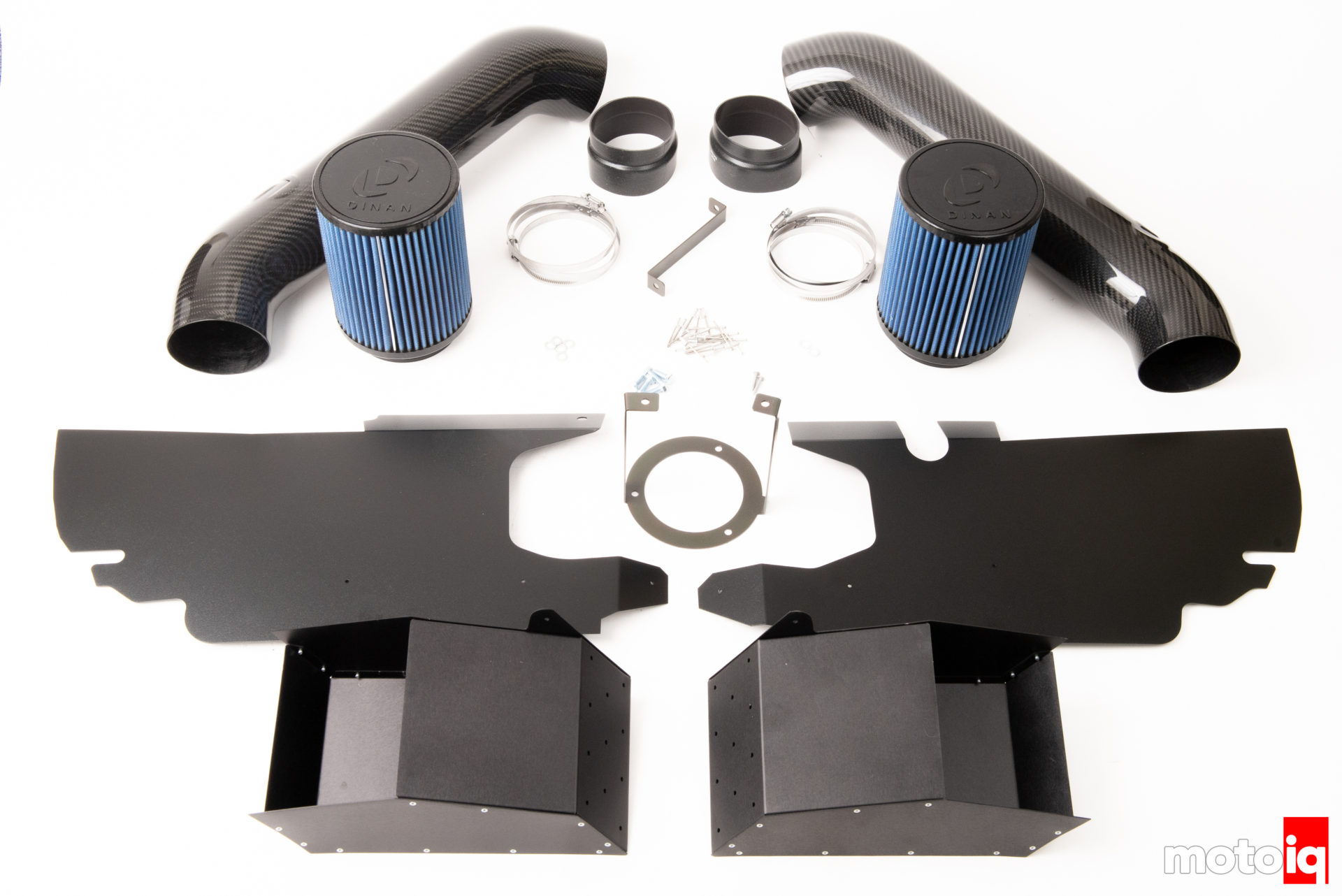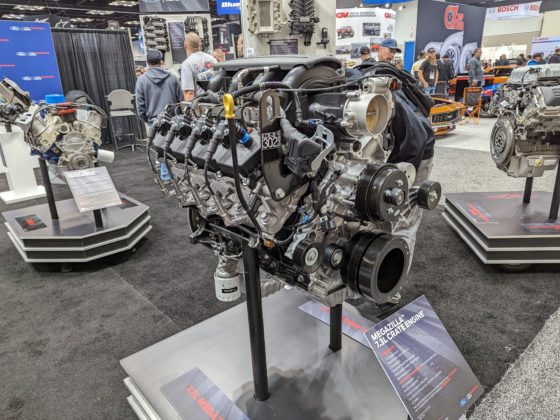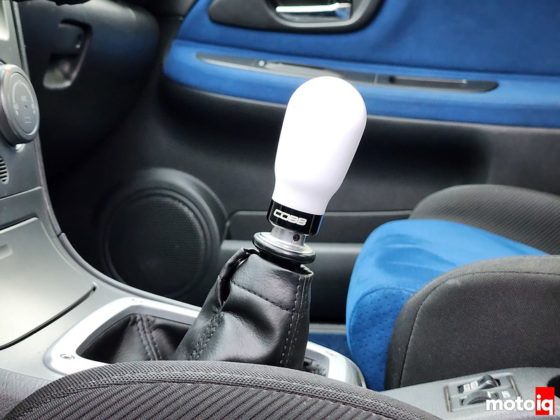
Next, the bolt holding the lower part of the air box is removed.

Now the entire air box can be lifted out of the engine compartment. This is repeated on the driver’s side of the car.

Next, the emissions air pump on the passenger side of the car has to be relocated rearward to make room for the intake. The hose is disconnected, the electrical plugs removed and the unit is unbolted.

The factory bracket is unbolted from the pump.

The new Dinan bracket on the left is bolted to the pump and replaces the stock braket.




7 comments
Schrick cams and a lightweight flywheel, please. VAC Motorsports has both. They really transform the car.
My experience with rwd & light flywheel, it’s most nticeable in only 1st gear, when revs build up quickly .. it’s less rotary inertia at engine speed accelleration. I found I would spin the tires more easily at take off. It may improve heal-toe shifting, depends on several other things like throttle response. Good cam up grades are winners, have done a few.
Great install write up.
It looks to be very well made, but based on the Dinan site, not sure it’s worth the trouble and expense.
“More Power: + 5 HP @ 7000 RPM, + 4 LB-FT @ 7000 RPM (coupled w/ engine software).”
A BMW M5 is likely to have a good intake already.
We noted that the stock intake was a pretty good design. The biggest part of the equation could be relocating the intake air temp sensor as power drop due to the sensor getting hot is a pretty big deal on these cars.
Out of curiosity, I would measure the air temp entering the manifold , vs at the MAF sensor, after heat soak. If the same, the hot retarded timing may be justifed for engine health?
Big ticket items for low HP return. I should stop crying about Subarus.
Did we ever compare these to the stock intakes
On the dyno? I have the same set up with headers debating adding these.